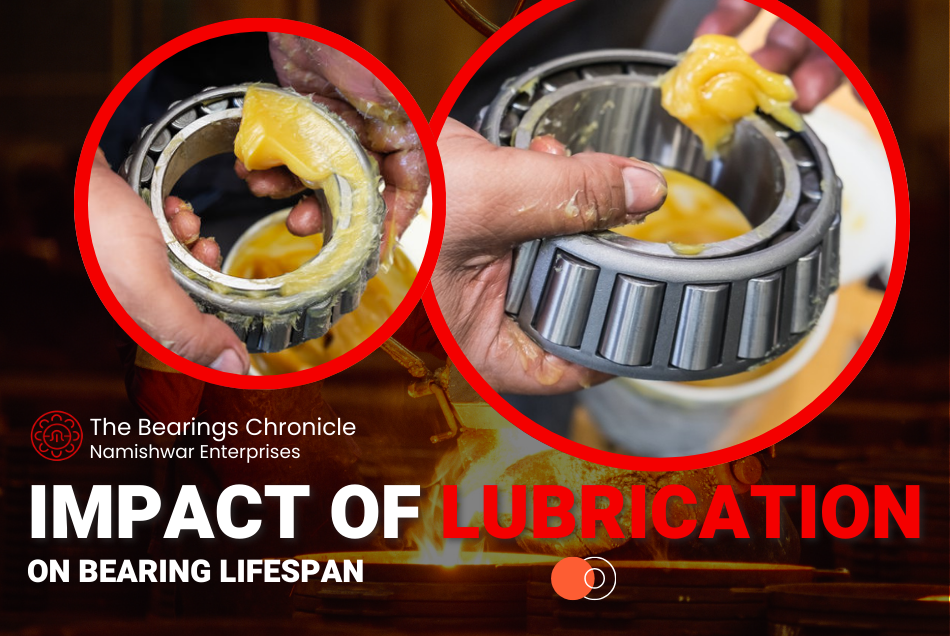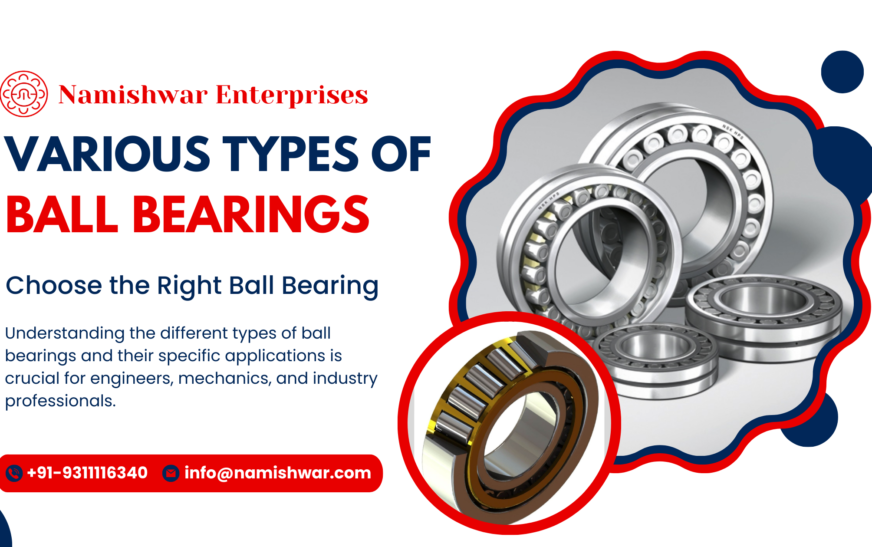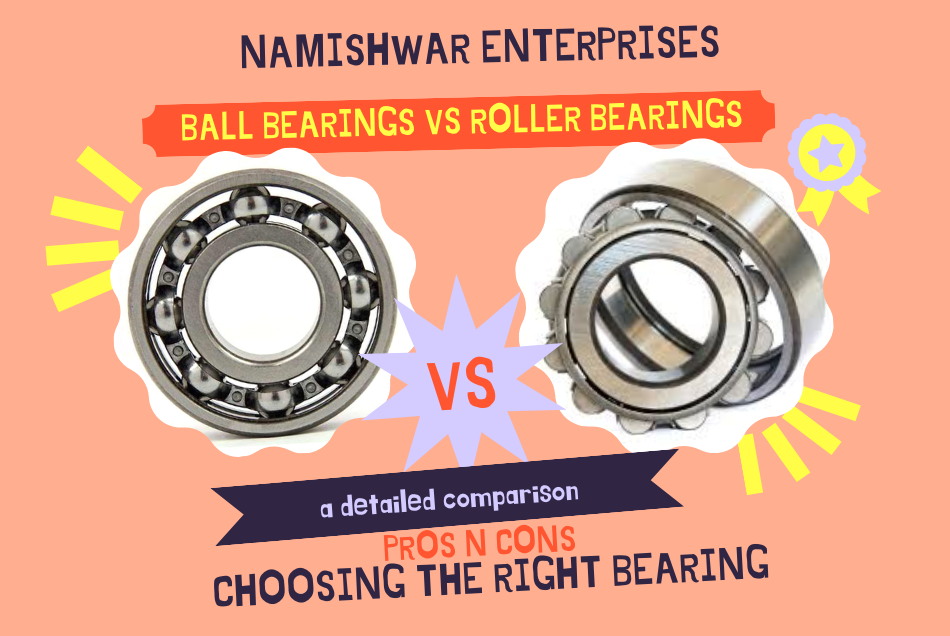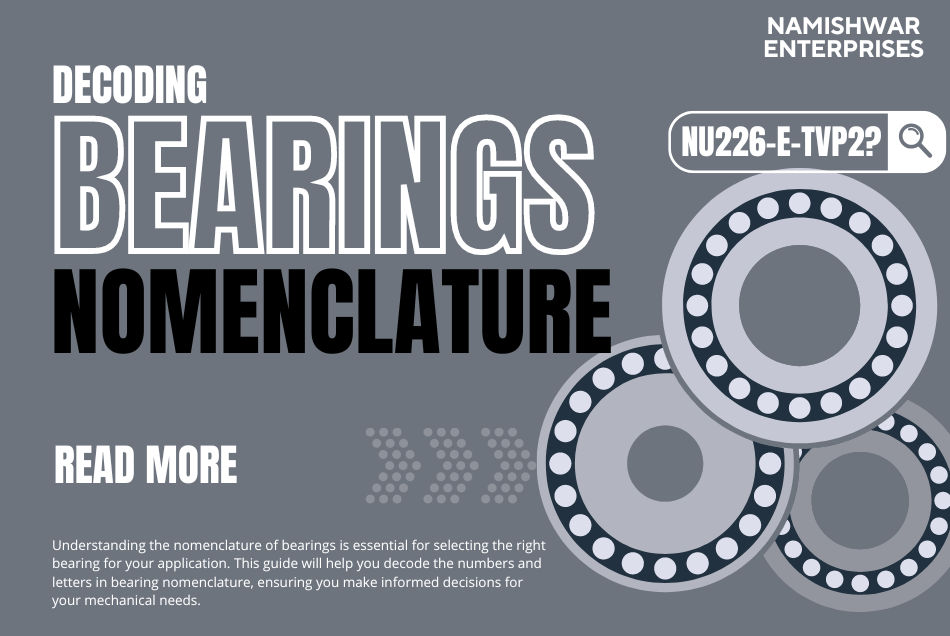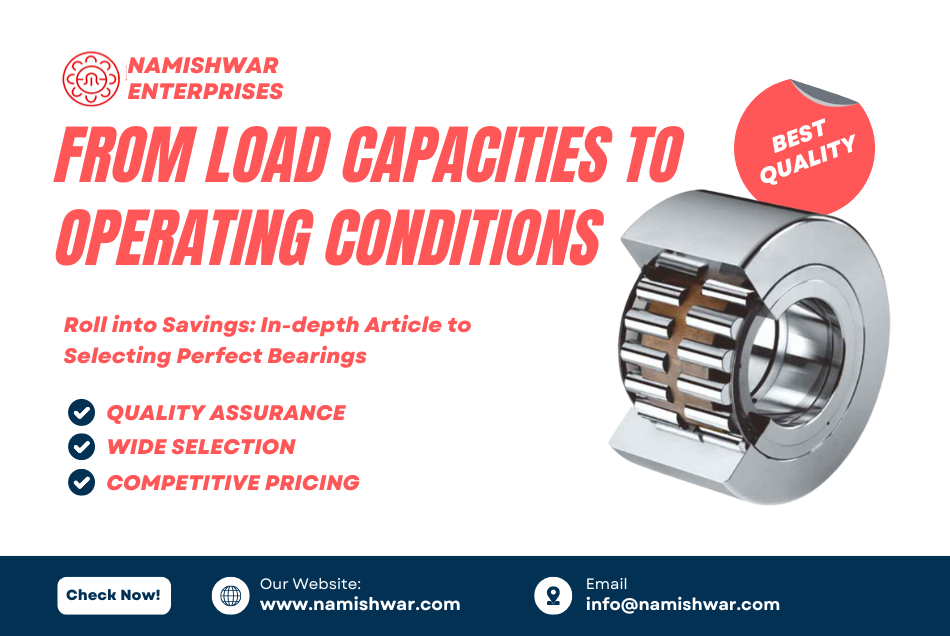Selecting the right bearing for your application is crucial to ensuring optimal performance and longevity. Bearings play a vital role in reducing friction, supporting loads, and enabling smooth motion. This comprehensive bearing selection toolkit will provide expert tips and tricks to help you make the best choices for your needs.
Understanding Bearing Types
Choosing the right bearing begins with understanding the different types available and their specific applications. Bearings can be broadly classified into several categories, each designed to handle various loads and operating conditions.
Ball Bearings
Ball bearings are the most common type of bearings, used in a wide range of applications. They are designed to handle both radial and axial loads, providing smooth and low-friction motion. Common applications include automotive wheels, electric motors, and industrial machinery.
Roller Bearings
Roller bearings are designed to carry heavy loads and can handle both radial and axial forces. They come in various types, including cylindrical, tapered, spherical, and needle roller bearings, each suited for specific applications. These bearings are commonly used in heavy machinery, conveyor belts, and gearboxes.
Thrust Bearings
Thrust bearings are designed to handle axial loads, making them ideal for applications where axial forces are predominant. They come in various types such as ball thrust bearings and roller thrust bearings, and are often used in automotive steering systems, marine applications, and heavy-duty industrial equipment.
Plain Bearings
Plain bearings, also known as bushings, are used where simplicity and low cost are critical. They have no rolling elements and are suitable for applications with low-speed and low-load requirements. Common applications include agricultural equipment, construction machinery, and automotive suspension systems.
Key Factors in Bearing Selection
When selecting bearings, it is essential to consider several key factors to ensure optimal performance and longevity.
Load Capacity
The load capacity of a bearing is a crucial factor in its selection. Bearings are designed to handle specific load types and magnitudes. It is essential to accurately determine the loads (radial, axial, or a combination of both) that the bearing will experience during operation.
Speed Requirements
Speed requirements play a significant role in bearing selection. Different bearings are rated for various speed limits. Selecting a bearing that can handle the operational speed of your application is critical to preventing overheating and ensuring reliable performance.
Operating Environment
The operating environment significantly impacts bearing selection. Factors such as temperature, humidity, contamination, and exposure to chemicals must be considered. Bearings used in harsh environments may require special materials or seals to enhance durability and performance.
Precision and Tolerance
The precision and tolerance of bearings are vital for applications requiring high accuracy and minimal deviation. Precision bearings are used in applications such as aerospace, robotics, and high-speed machinery where precise motion control is essential.
Lubrication
Proper lubrication is critical for bearing performance and longevity. The choice of lubricant (grease, oil, or solid film) and the lubrication method (manual, automatic, or centralized system) should be based on the application’s requirements and operating conditions.
Bearing Installation and Maintenance Tips
Correct installation and regular maintenance are essential to maximize bearing life and performance.
Proper Installation Techniques
Using proper installation techniques ensures that bearings are not damaged during assembly. Techniques include using appropriate tools, avoiding direct hammering, and ensuring that the bearing is seated correctly and evenly.
Regular Maintenance Schedule
Implementing a regular maintenance schedule helps in early detection of potential issues and prolongs bearing life. Maintenance activities include regular inspection, lubrication, and replacement of worn or damaged bearings.
Condition Monitoring
Condition monitoring involves using sensors and diagnostic tools to monitor the health of bearings. Techniques such as vibration analysis, temperature monitoring, and lubricant analysis can help detect problems early and prevent unexpected failures.
Common Bearing Failures and How to Avoid Them
Understanding common bearing failures and how to avoid them can significantly improve reliability and performance.
Misalignment
Misalignment occurs when the bearing is not aligned correctly with the shaft or housing. This can cause uneven load distribution and premature failure. Ensuring proper alignment during installation and regular checks can prevent this issue.
Contamination
Contamination from dust, dirt, or moisture can lead to bearing failure. Using appropriate seals and regularly cleaning the operating environment can minimize contamination risks.
Inadequate Lubrication
Inadequate lubrication is a common cause of bearing failure. Regularly checking and replenishing lubricant levels, and choosing the right type of lubricant for the application, are essential practices.
Overloading
Overloading the bearing beyond its designed capacity can cause excessive wear and failure. Accurately determining the load requirements and selecting a bearing with adequate load capacity are crucial steps.
Advanced Bearing Technologies
Advancements in bearing technology continue to improve performance and reliability. Staying informed about the latest developments can help in selecting the best bearing for your application.
Ceramic Bearings
Ceramic bearings offer superior performance in high-speed and high-temperature applications. They are lighter, harder, and more corrosion-resistant than traditional steel bearings, making them ideal for aerospace, medical, and high-performance automotive applications.
Self-Lubricating Bearings
Self-lubricating bearings incorporate lubricants within the bearing material, reducing the need for regular lubrication maintenance. These bearings are suitable for applications where regular maintenance is challenging or impossible.
Sensor-Integrated Bearings
Sensor-integrated bearings include built-in sensors that monitor various parameters such as temperature, vibration, and load. These bearings provide real-time data for condition monitoring and predictive maintenance, enhancing reliability and performance.




